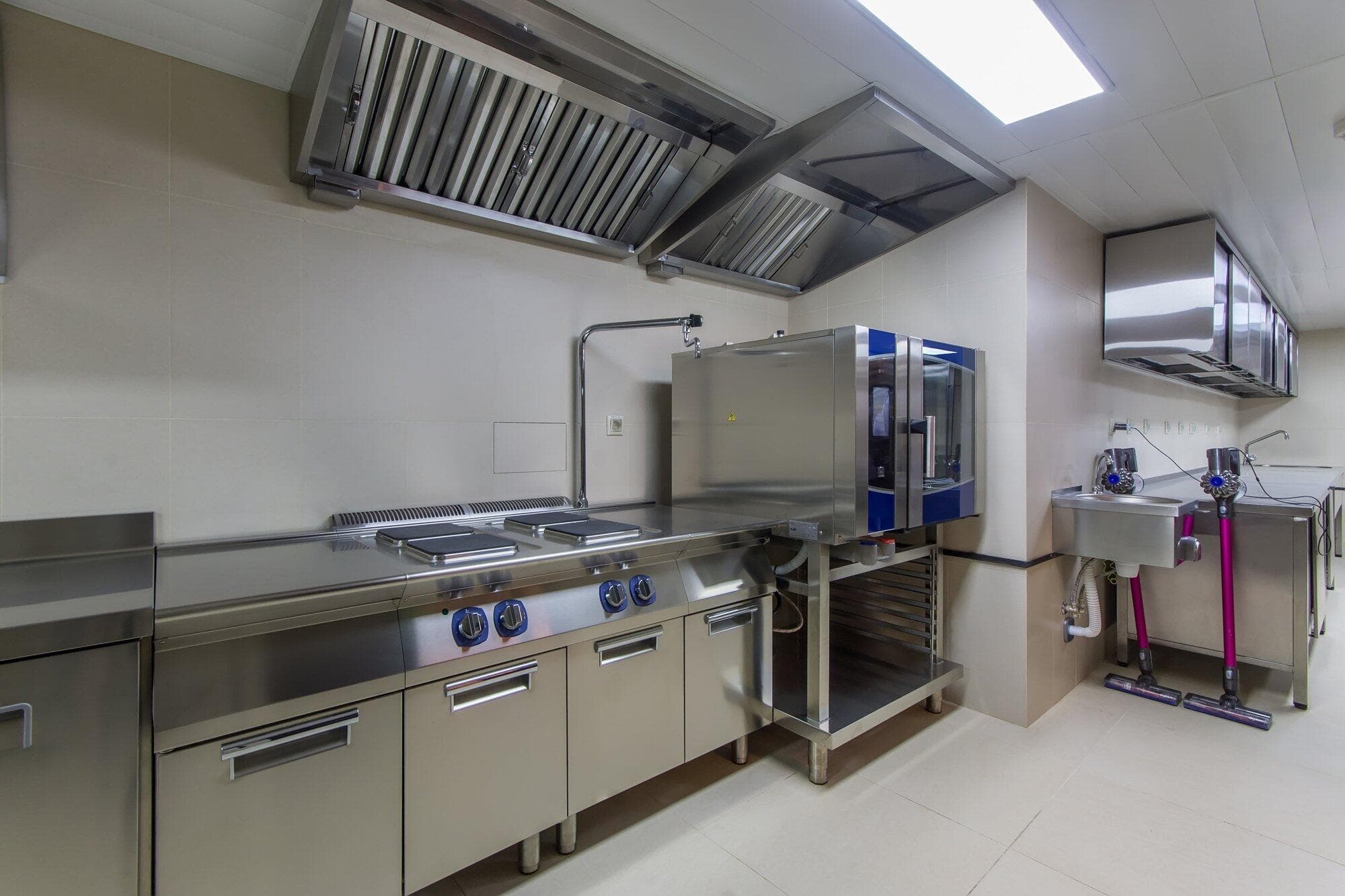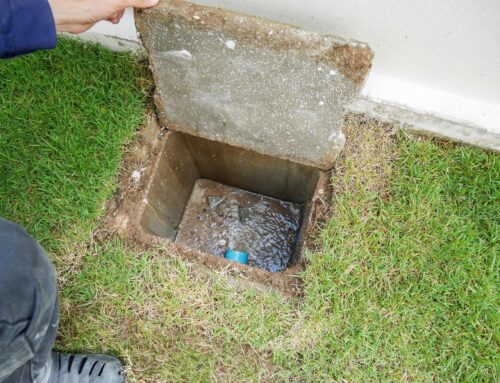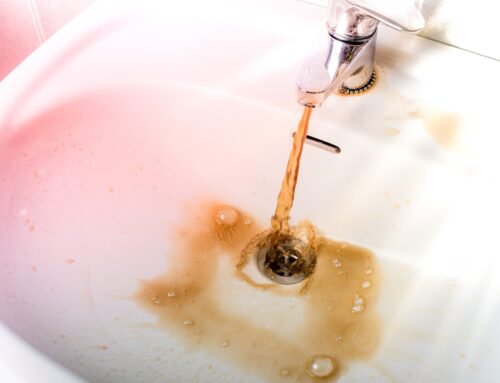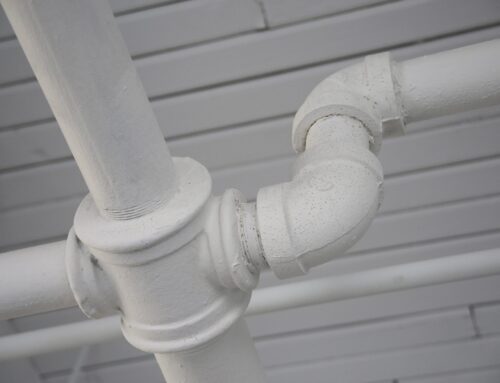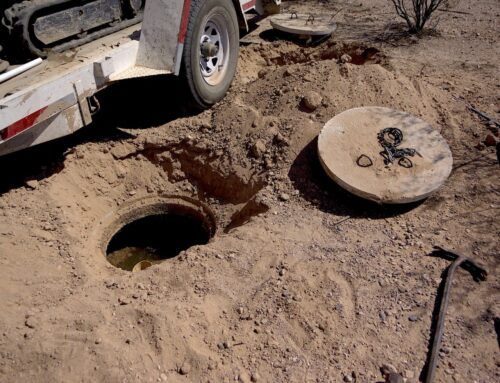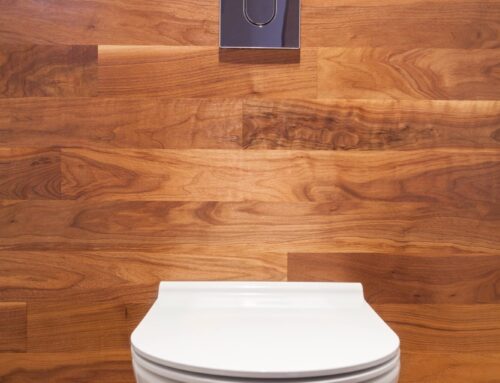Grease traps are an essential but often overlooked component of commercial kitchens and restaurants. If you manage an industrial kitchen, it’s easy to underestimate its maintenance needs. Neglecting grease trap maintenance can have costly consequences, ranging from plumbing issues to environmental concerns.
Regular cleaning and pumping is the only way to ensure your grease trap delivers optimal performance. This article focuses on the indispensable role of hiring grease trap pump services in ensuring the smooth operation of your kitchen. Let’s explore the benefits of grease trap pumping and understand how to safeguard your kitchen’s efficiency.
What Grease Trap Does for Your Industrial Kitchen
Grease traps do the heavy lifting of keeping fats, oils, and grease (collectively known as FOG) out of your plumbing system. Here’s an overview of how a grease trap works.
The process begins when wastewater from kitchen sinks, dishwashers, and other sources flows into the grease trap. This wastewater contains a mix of FOG, food particles, and water.
Inside the trap, the wastewater cools. This allows the FOG, lighter than water, to separate and float to the top. Meanwhile, heavier solid particles settle at the bottom. The grease trap retains this layer of FOG at the top while allowing the relatively cleaner water to exit the trap and flow into the sewage system.
Baffles inside the grease trap act as barriers that help the separation process by slowing the flow of incoming wastewater. They also prevent the collected FOG from flowing out of the trap. Over time, the amount of FOG and solids accumulates in the trap. A grease trap pump removes the accumulation.
Consequences of Neglecting Grease Trap Pump Services
Neglecting regular grease trap pump services can lead to issues for industrial kitchen managers. Other than immediate operational challenges such as plumbing system backups and kitchen downtime, the environmental impact of untreated FOG discharge is significant.
When FOG enters the sewer system, it can block municipal wastewater lines, leading to sanitary sewer overflows. These overflows can contaminate local water bodies, harm wildlife, and disrupt the ecosystem. They could even pose a health hazard to communities.
Regular grease pump services are not just a matter of kitchen efficiency but also an environmental and public health necessity. Non-compliance may result in hefty fines. Most cities have strict regulations regarding waste discharge into the sewer system. Operating with a blocked plumbing system can violate these regulations, leading to fines, penalties, or even closure by health inspectors.
Benefits of Regular Grease Pump Services
Once your commercial kitchen is on a regular grease trap maintenance program, you should notice several improvements. One of those is improved kitchen efficiency and reduced downtime.
Regular pump services prevent the accumulation of FOG in grease traps, averting plumbing blockages. If you’ve ever had plumbing issues in your kitchen, you know how quickly they can bring operations to a halt. A blocked plumbing system can cause backups and overflows of wastewater, leading to unsanitary conditions. This poses a significant health hazard for both staff and customers. A proactive approach ensures uninterrupted kitchen operations, reducing downtime caused by emergency repairs. It also helps keep your business in compliance with local health regulations.
The decomposition of trapped FOG can generate unpleasant smells and attract pests. Regularly cleaning and pumping grease traps can create a more hygienic and customer-friendly food service facility. Consistent grease trap maintenance can extend the lifespan of your plumbing system. Preventing FOG-related blockages reduces the need for emergency plumbing repairs, resulting in decreased maintenance costs over time.
How Does a Grease Trap Pump Work?
When you schedule a grease trap pump, the process begins with a qualified technician arriving on-site with a vacuum truck. The grease trap pumping and cleaning process involves several essential steps.
First, the technician skims off the surface grease and debris, sometimes giving the trap a gentle shake to loosen the grease cap. Then, they insert a vacuum tube into the interceptor, sucking up solids settled at the trap’s bottom. Once the solids are out, the technician uses the vacuum tube to remove water lingering in the interceptor. The natural elbow grease kicks in as the technician scrubs the sides and bottom of the grease trap.
The technician then checks the inlet and outlet to ensure clear pipes and secure fittings while verifying the baffles’ condition. The technician meticulously inspects the interceptor, which is the main chamber where the separation of Fats, Oils, and Grease (FOG) from wastewater occurs for cracks and defects. Following pumping and cleaning, the grease trap technician ensures the lid is secure and properly sealed.
Post-pumping, the technician transports the collected FOG to a designated facility for proper disposal or recycling.
How Often Should You Schedule Grease Trap Maintenance?
Determining the right frequency for scheduling grease trap maintenance, including pumping, is crucial for the smooth operation of any food service facility. The simplest way to determine your cadence is by having a technician evaluate the facility on-site. Below are several factors that determine the frequency of grease trap pumping service:
Kitchen Size and Usage
Larger kitchens or those with high-volume cooking typically produce more Fats, Oils, and Grease (FOG) and require more frequent maintenance.
Local Regulations
Many municipalities have specific legal requirements for grease trap maintenance intervals. It’s vital to be aware of and comply with these regulations.
Type and Capacity of Grease Trap
Different grease traps have varying capacities and efficiencies. Smaller traps, or those that are older and less efficient, might require more frequent servicing.
Past Maintenance Records
Track how quickly your grease trap fills up over time. This can provide a good benchmark for scheduling future maintenance.
Most industrial kitchen managers should schedule a grease trap pump and cleaning at least every one to three months. However, this can vary based on specific circumstances.
Avoid Kitchen Issues by Scheduling Grease Trap Maintenance Today
Scheduling regular grease pump services is essential for the smooth functioning of any commercial kitchen in the food and hospitality sectors. It’s the most efficient way to reduce risks associated with FOG buildup.
For expert service and peace of mind, consider partnering with Ace Disposal. With six decades of experience in septic & grease trap services, Ace Disposal stands ready to help your business maintain optimal efficiency and compliance.
Request a quote for routine grease trap pump and cleaning today. Your staff and your customers will thank you.

